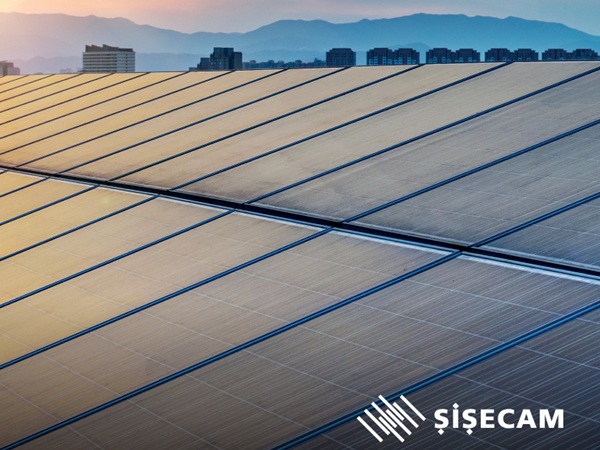Date: 13 June 2007
Real estate developers, however refute this as incorrect.
"If you see the structures that have come up recently, they are all mostly made with glass. Right from top to below, you can see huge shinning glass. Though these buildings look very contemporary and stylish, they are the biggest culprit when it comes to energy consumption," says Harsh Narang, director, Modern India Architects.
"Glass buildings are very European concept because they don't get much of sunlight. Hence, their main aim is to get maximum sunlight. But, in our country where temperatures at times go as high as 50 degrees celsius, these glasses take in more of sunlight. Hence more air-conditioners are needed directly resulting in higher consumption of electricity and also in the form of carbon-dioxide emission and also CFCs that air-conditioners generate causing damage to the ozone layer," he adds.
According to a study conducted by the Chartered Institution of Building Services Engineers, London, a complete glass building consumes four times more electricity than a normal building.
"The logic being that since the glass is transparent, higher amount of infra-red radiation comes in. They are short wave radiation when they enter but the moment it enters the room it becomes long-range radiation. Hence, higher capacity air-conditioner is required to keep the indoors cool. India is a tropical climate and these glass buildings are just not suitable," says Meenakshi Dhote, assistant professor, Department of Environment Planning, School of Planning and Architecture, Delhi.
Read the entire story on the source link below.

















Add new comment